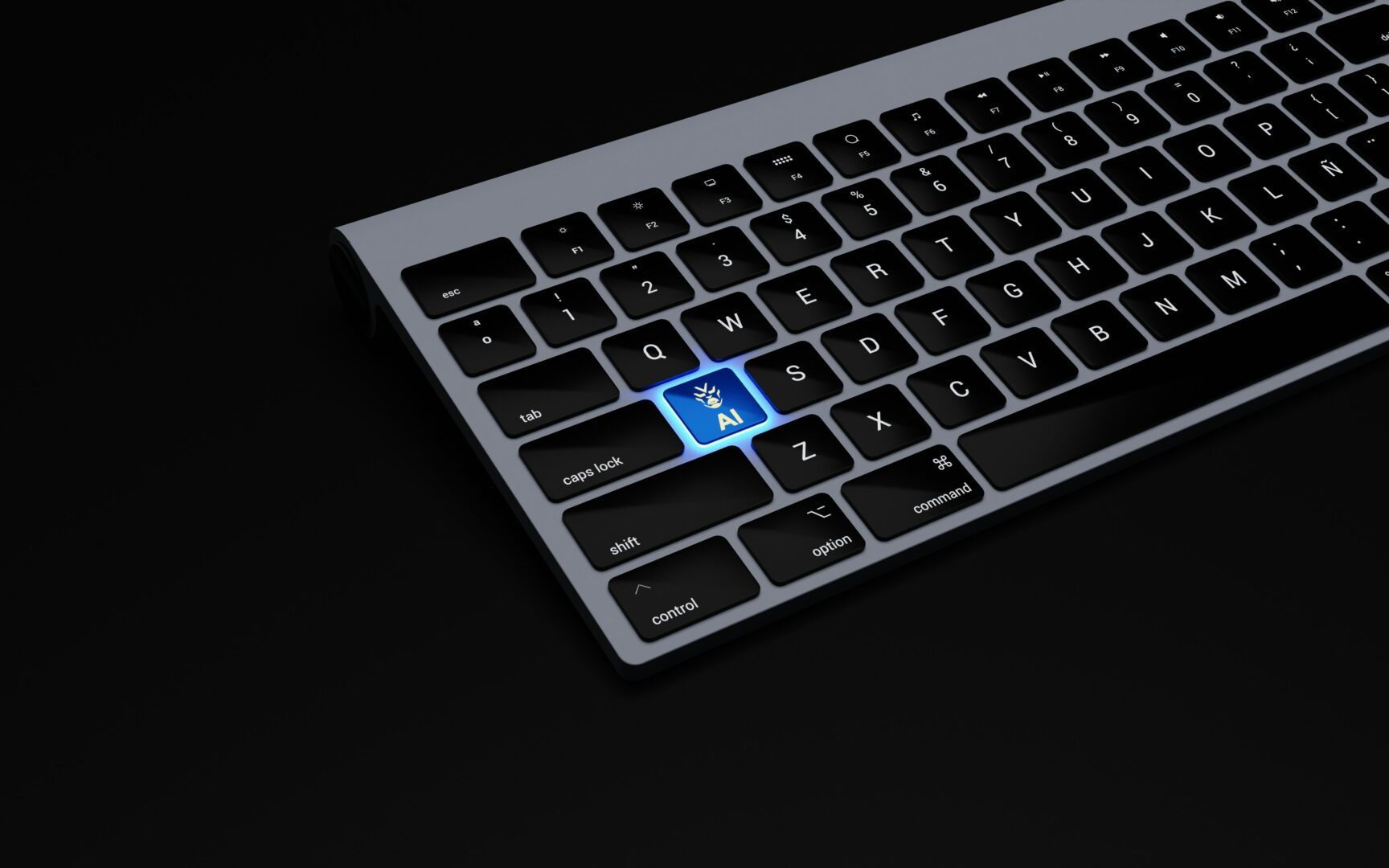Deep Cogito is a startup lab in San Francisco. This week it introduced Cogito v1, a family of open source language models built on Meta’s Llama base. The smallest packs 3 billion parameters and the largest holds 70 billion. All 5 files sit on Hugging Face, Ollama, Fireworks AI and Together AI for anyone to download or call through an API. The timing aligns with a busy season of AI meet‑ups, giving developers brand‑new code to test.
The licence lets companies put the models into paid products for up to 700 million users each month without extra fees. Deep Cogito says even larger checkpoints of up to 671 billion parameters, will follow in the next few months and will stay open source. The cap is like Meta’s licence terms and guards against huge traffic spikes before extra fees kick in.
The firm’s chief, Drishan Arora, once led language model work at Google Search. He calls the Cogito line “the strongest open models at their scale,” beating Llama, DeepSeek and Qwen in head to head tests. The claim drew fast attention, with thousands of downloads logged within hours.
How Does The New Training Method Raise Brainpower?
Deep Cogito trains its models with a method called Iterated Distillation and Amplification, or IDA. During each loop the model spends extra compute time thinking through a task, finds a better answer, and then stores that thinking inside its own weights.
The team repeats the loop many times. Each cycle gives the model more skill without asking people to judge every answer, which often slows classic reinforcement learning from human feedback. As a result, the code learns quicker and at lower cost. Fewer human hours means small teams can train models that once needed giant budgets.
The firm drew inspiration from AlphaGo’s self‑play tactic. Instead of board games, the language model plays with text, builds a stronger reasoning chain, then condenses that chain into a shorter form that fits inside the network. The next time the model sees a similar prompt it reaches the strong answer in one pass.
Deep Cogito finished the whole line in roughly 75 days with a team of fewer than 20 engineers. According to the blog post, the crew ran training on rented cloud GPUs rather than custom hardware, a setup they say slashed cost and sped up iteration. The lab argues that IDA lets a small crew punch above its weight, trimming training time while lifting quality.
More from News
- UK Non-Dom Laws Have Changed In 2025, But How Much?
- NASA And Google Test AI To Help Astronauts With Medical Care
- Is The Legal Battle Between Apple And The UK Over Encryption Really Over?
- Topshop Back In UK? These Are Some Brands That Disappeared And Came Back?
- Zoom Launches New AI Features, Including Agentic AI
- UK Appoints Former OpenAI Exec As Prime Minister’s AI Adviser
- Reports Find Commercial UK Data Centres Use Minimal Water
- 84% AI Web Tools Show Breaches And Encryption Gaps, Says BDI
What About The Benchmark Scores?
Public test numbers look bright for Cogito v1. On the MMLU knowledge exam, the three billion standard model scores 65.5%. Llama 3 of the same size scores 58.7%. When the Cogito model flips to reasoning mode, the score goes up to 72.6%.
The 8 billion standard model posts 80.5% on MMLU and eighty‑one point one percent on Hellaswag, leaving its Llama rival far behind. In reasoning mode, ARC reaches ninety‑two percent, while MMLU ticks up to 83.1%. Maths stays the lone weak spot, where DeepSeek R1 keeps a lead.
Mid‑range models of 14 and 32 billion parameters pass Qwen 2.5 in combined tests. The 32 billion reasoning model crosses 90% on both MMLU and the MATH benchmark, a level few open models touch.
The headline act, Cogito v1 70 billion, matches or beats the newly launched Llama 4 MoE 109 billion model on many checks. It scores 90.7% on MMLU and holds 92.7% on MGSM. Tool‑calling accuracy tops 92%, while Llama models stay between 35%-54%.
Each Cogito file gives 2 modes in the same weight set, so builders can pick quick answers or deeper thought without swapping models. Early testers praise the 128 000 token context window and strong multilingual support across 30 languages. They also praise the built‑in tool calling, which lets apps pull weather data, run maths or send emails with a single structured prompt.

